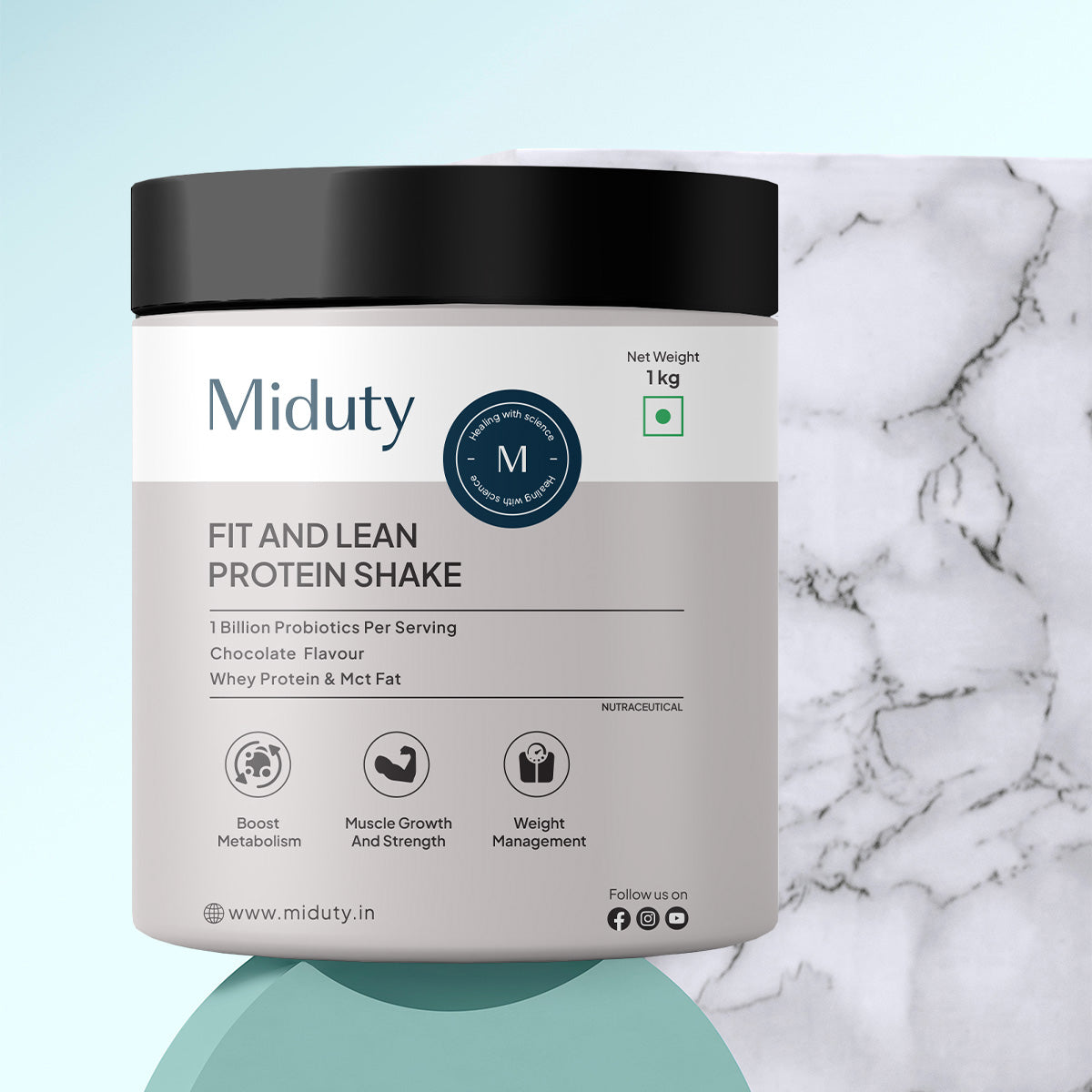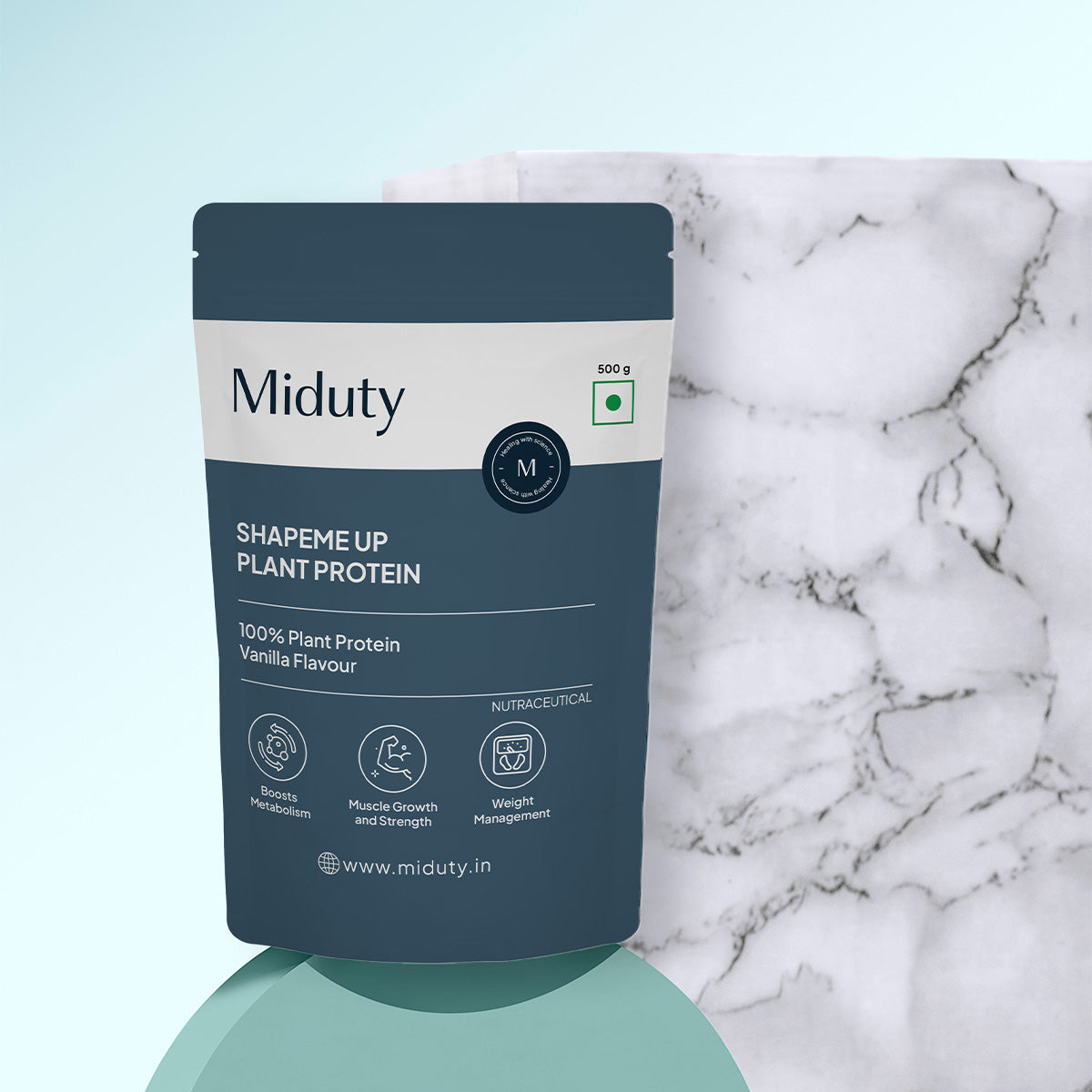
Pre-workout or Post-workout: When to Take Amino Acids?
Amino acids are among the most widely used supplements in fitness nutrition—and for good reason. They form the structural foundation of proteins, participate in muscle repair, support metabolic reactions, and influence nearly every major biological process. For individuals who train regularly, when amino acids are consumed can have meaningful effects on performance, fatigue, and recovery.
One of the most common questions people ask is: Should amino acids be taken before a workout or after it? While both timings offer benefits, the best answer depends on your goals, training intensity, and overall nutrition strategy. This guide explores pre-workout vs post-workout amino acid timing, the science behind each approach, and how to integrate amino acids into your routine effectively.
Key Takeaways
1. Amino acid timing can significantly influence training performance and recovery, as they support muscle repair, energy production, and nearly every major biological process related to exercise.
2. Pre-workout amino acids help protect muscles, enhance endurance, and improve focus, making them useful for preventing muscle breakdown and supporting more productive training sessions.
3. Scientific studies show that consuming amino acids before exercise increases muscle protein synthesis, reduces muscle damage, and delays fatigue, highlighting clear performance benefits.
4. Post-workout amino acids remain essential for muscle growth, recovery, and soreness reduction, as they replenish depleted amino acid levels and optimize the body's anabolic response after training.
5. The most effective strategy is combining both pre- and post-workout amino acid intake, supported by a high-quality full-spectrum EAA supplement with clean ingredients and proper leucine content to maximize results.
Understanding Amino Acids and Their Role in Training
To appreciate supplement timing, it helps to understand how amino acids function in the body. During exercise—especially resistance training or high-intensity workouts—muscle fibers experience microscopic tears. The body then uses amino acids to rebuild these fibers, making them stronger and more resilient.
Amino acids fall into two categories:
- Essential amino acids (EAAs): Must come from diet or supplements because the body cannot make them.
- Non-essential amino acids: Produced by the body but still vital for performance and recovery.
Among EAAs, the branched-chain amino acids (BCAAs)—leucine, isoleucine, and valine—are particularly known for stimulating muscle protein synthesis, although recent research shows full-spectrum EAA supplements are more effective overall.
Because amino acids directly influence how muscles perform and recover, timing your intake can help optimize results.
Why Some Athletes Prefer Taking Amino Acids Before Training?
Taking amino acids before exercising offers several notable benefits. Pre-workout dosing helps create a favorable environment in the body, preparing muscles and the nervous system for activity.
1. Supports Muscle Protection During Exercise
During training, the body may break down muscle tissue to access amino acids for energy and repair. Supplementing beforehand increases circulating amino acid levels, reducing the need for muscle breakdown and helping preserve lean mass.
2. Improves Energy Levels and Training Output
Amino acids contribute to metabolic processes related to energy production. While they are not a primary fuel source like carbohydrates, they support endurance by minimizing fatigue and maintaining better nitrogen balance.
3. Helps Enhance Focus and Neuromuscular Performance
Exercise requires not only physical strength but also coordination and mental alertness. Amino acids like tyrosine influence neurotransmitter production, which may improve concentration and reaction time during workouts.
4. Offers Light, Fast-Digesting Fuel for People Who Train Early
Those who prefer morning workouts often train without a full meal. Amino acids provide a quick, stomach-friendly option that avoids sluggishness while still supplying functional nutrition.
In short, pre-workout amino acids prepare the body to handle the stress of training with less muscle breakdown and more sustained energy.
Scientific Insights: What Research Reveals About Pre-Workout Amino Acids
Multiple studies have explored how amino acid timing influences muscle protein synthesis, energy, and recovery.
A study found that ingesting essential amino acids before resistance training increased muscle protein synthesis due to heightened muscle blood flow during exercise. [1]
Research published in the Journal of the International Society of Sports Nutrition showed reduced markers of muscle damage—like creatine kinase—when amino acids were consumed before weight training [2]
Another study demonstrated improved endurance and delayed fatigue in individuals using amino acids prior to exercise, suggesting enhanced metabolic efficiency and reduced amino acid depletion. [3]
Why Post-Workout Amino Acid Intake Is Still Essential?
While pre-workout intake sets the stage for better training, post-workout amino acids play a critical role in what happens afterward. The period immediately following your workout is sometimes referred to as the "anabolic window"—a time when the body is especially receptive to nutrients.
Here's why post-exercise amino acid intake continues to be a gold standard:
1. Drives Muscle Repair and Growth
Muscles undergo microscopic damage during training. Amino acids taken after a workout directly contribute to repairing this damage, increasing muscle protein synthesis, and promoting growth.
2. Reduces Fatigue and Muscle Soreness
Amino acids help clear metabolic byproducts that accumulate during exercise, which can reduce the intensity and duration of delayed onset muscle soreness (DOMS).
3. Replenishes Depleted Amino Acid Pools
During vigorous exercise, amino acid levels drop significantly. Supplementing afterward restores balance and accelerates recovery.
4. Helps Improve Future Training Sessions
Faster recovery means you can train more effectively the next day. For athletes or individuals with frequent training schedules, post-workout amino acids can be especially beneficial.
Whether your goal is strength, muscle gain, or endurance, post-workout amino acids help complete the recovery cycle.
Pre- vs Post-Workout: Which Timing Is Superior?
Rather than choosing one or the other, think of amino acid timing as a spectrum where both pre- and post-workout intake have unique advantages.
Pre-Workout Benefits
- Protects muscles from breakdown
- Enhances energy and focus
- Helps support longer and more productive workouts
Post-Workout Benefits
- Maximizes recovery and muscle rebuilding
- Reduces soreness
- Restores nutrient levels
- Boosts adaptation to training
The Combined Approach
Experienced athletes often take a dual-timing approach:
- A small serving before training
- A larger serving after
This strategy ensures both performance and recovery benefits. However, daily protein consumption remains the most important factor overall. Amino acid supplements are simply tools to fine-tune results.
Choosing the Right Amino Acid Formula
Choosing the right amino acid formula is key to getting the best results. A full-spectrum EAA supplement is ideal since it provides all nine essential amino acids, making it more effective than BCAAs alone. Look for a product with 2–3 grams of leucine per serving to properly stimulate muscle protein synthesis. Choose clean formulas without unnecessary sugars, fillers, or artificial colors, and prefer brands that undergo third-party testing to ensure purity. Finally, pick a format that suits your routine—powders absorb faster, while capsules offer convenient on-the-go use.
How Fast Do Amino Acids Begin Working?
Amino acids are absorbed quickly and typically start elevating blood amino acid levels within 15–30 minutes. This makes them ideal for both pre-workout and post-workout timing. Their noticeable performance and recovery effects accumulate with consistent use rather than a single serving.Here are simple recommendations to help you structure your amino acid intake:
- Pre-Workout: 5–10g of EAAs 30–45 minutes before exercising
- During Workouts: Optional for endurance or long strength sessions
- Post-Workout: 10–20g of EAAs within an hour after training
- Rest Days: 5–10g spread through the day
These guidelines can be adjusted based on training frequency, intensity, and total protein intake.
Should You Take Amino Acids Before or After Working Out?
Amino acids are powerful allies in a well-planned fitness routine. Taking them pre-workout enhances performance and reduces muscle breakdown, while post-workout intake accelerates repair and growth. Rather than choosing one approach, consider using both to support training sessions and recovery cycles.
Ultimately, amino acids work best when combined with consistent training, balanced nutrition, proper rest, and adequate hydration. When used strategically, they can help you unlock better workouts, faster recovery, and long-term progress.
Conclusion
Amino acids play a vital role in supporting performance, protecting muscle tissue, and accelerating recovery—making their timing an important part of any well-rounded fitness strategy. Taking amino acids before your workout helps prepare your muscles, boost focus, and reduce fatigue, while taking them after training enhances repair, replenishes depleted amino acid stores, and promotes long-term growth.
Rather than choosing one or the other, the most effective approach is often a combined strategy: a smaller dose pre-workout to fuel your session and a larger dose post-workout to maximize recovery. Pair this with consistent training, balanced nutrition, and sufficient rest, and amino acids can become a powerful tool to help you train harder, recover faster, and make steady progress toward your fitness goals.
FAQ's on Amino Acids Timing for Workouts -
Q1 - Is amino acid a good pre-workout?
Yes, amino acids can be an effective pre-workout supplement because they support muscle protein synthesis, help prevent muscle breakdown, enhance endurance, and boost mental focus. While they offer these advantages on their own, they're often included in pre-workout formulas alongside ingredients like caffeine and creatine for even greater performance benefits. According to Nakpro Nutrition, taking amino acids after a workout is also beneficial, as they play an important role in post-training recovery.
Q2 - What is the best time to drink amino acids?
The ideal time to take amino acids depends on your fitness goals. Many people use them 30–60 minutes before training to boost energy and minimize muscle breakdown, while others take them during longer workouts to sustain performance. Consuming amino acids right after exercise can also support muscle repair and growth. Taking them on an empty stomach may help your body absorb them more quickly.
Q3 - Can I mix amino acids with pre-workout?
Yes, you can mix amino acids with pre-workout, as the two can work together to enhance performance, endurance, and recovery. Many pre-workout formulas already include amino acids such as citrulline or tyrosine, so combining them can offer a more complete performance boost. You can take them at the same time before training, or separate the timing based on your goals—for example, using pre-workout before exercise and amino acids during or after your session.
Q4 - Is it okay to take amino acids every day?
Yes, it's generally safe to take amino acids daily, especially for people who train regularly, but it's still important to consider your individual needs and avoid excessive intake. Most amino acids can be obtained through a balanced, protein-rich diet, but supplements can be useful for supporting goals like muscle repair, recovery, or improved energy. Taking them daily can be beneficial as long as the timing and dosage fit your overall nutrition plan.
Q5 - Should amino acids be taken on an empty stomach?
Yes, amino acids are often most effective when taken on an empty stomach, as this allows for quicker and more efficient absorption especially before workouts or between meals. When taken with food, they may absorb more slowly because they compete with other amino acids from the meal. However, certain types, such as some forms of glutamine, may be better tolerated when taken with food to reduce stomach discomfort. Always check the directions on your specific supplement for the best results.
References










